Mastering the balancing act between automation and disruption: IT organizations have always been responsible for the automation of business processes and products. Even digitalization has not changed the standard. In many companies, it is even the case that, due to the IT-technical mapping, the IT Strategy Framework organization has the most precise knowledge of the workflows of the business processes or the architecture of the products – even if this is often not seen in this way by the business.
In the context of digitization, technological dangers are approaching on the business side. The use of innovative technologies presents the IT organization with the challenge of dealing with disruptive elements. Assuming that digital investments also end up in the IT organization and do not fizzle out, the IT organization of the future will mutate into the spearhead of change and transformation on the business side.
Consolidate successes through structural adjustment :
Many IT organizations have already successfully taken the first step towards flexibility and agility. For example, the introduction of the companies procedures for individual projects often led to improvements and optimizations. Development of the IT organization from a line organization to a network organization.

Use innovation-driven processes :
Today’s challenges cannot be mastered with yesterday’s solutions. To advance the restructuring of the IT organization, new work processes must also be introduced. It starts with more and more IT organizations foregoing projects. In many companies this amounts to a revolution – a lot of effort and work has been put into building project management skills. But a moment of pause and critical reflection shows that there is a logic for this after all.
A major challenge for project organizations lies in ensuring the framework conditions required for projects. For the success of a project, among other things, the effort must be estimated in the planning phase and the necessary resources must be available during the implementation phase. Both of these lead to blurring and inaccuracies that companies often cannot deal with. It is not uncommon to find employees in project organizations whose working hours are used by more than 500 per cent for different projects. Resource management alone ties up resources that are not available for value creation.
Conversion with a little effort and often also external support is certainly necessary. But companies that have taken this route report significant increases in their IT output. This includes the introduction of increased automation and a developed environment to help technologists deploy applications quickly.
For this change to be successful, new IT processes are required. However, companies need to have processed so that people can drive and test change. Today’s reality with partly rigid process models already looks very antiquated here.




